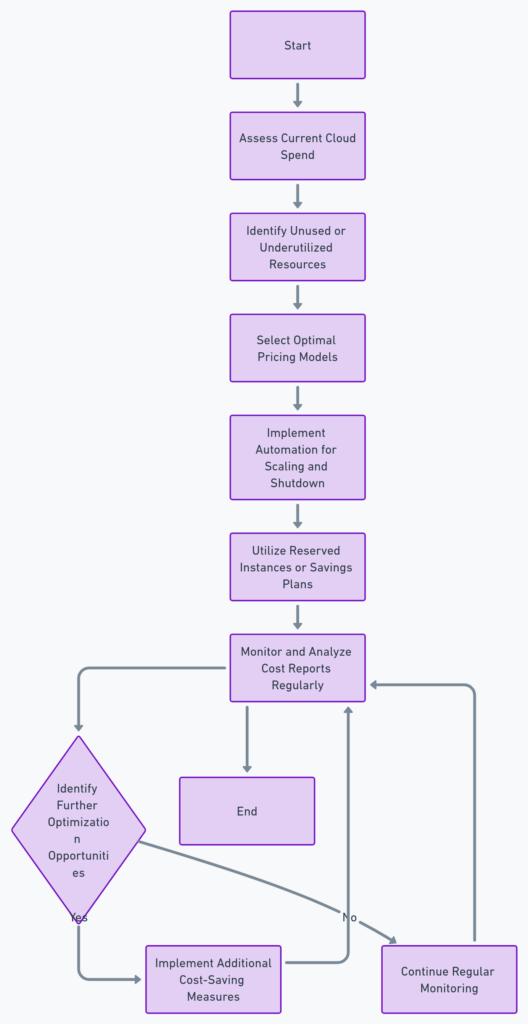In the rapidly evolving digital landscape, businesses are increasingly turning to cloud computing for its flexibility, scalability, and efficiency. However, as cloud adoption grows, so does the complexity of managing cloud costs. Effective cloud cost optimization is crucial for maximizing the return on your cloud investment while ensuring that your resources align with your business objectives. In this guide, we will explore strategies to help you achieve optimal cloud cost management.

Understanding Cloud Cost Optimization
Cloud cost optimization is the process of reducing your overall cloud spending by identifying mismanaged resources, eliminating waste, and right-sizing computing services to scale. It involves a comprehensive understanding of how your business uses cloud resources and finding ways to make this usage more efficient.
Key Strategies for Cloud Cost Optimization
1. Conduct Regular Audits and Assessments
Regular audits of your cloud environment are essential. Assess your cloud usage and expenditures to identify underutilized resources or instances where you might be overpaying. Tools like AWS Cost Explorer or Azure Cost Management can provide valuable insights.
2. Adopt a Cloud-Native Mindset
Embrace cloud-native practices such as microservices, serverless architectures, and containerization. These practices can lead to more efficient use of resources, better scalability, and ultimately, lower costs.
3. Implement Effective Cost Allocation Tags
Use cost allocation tags effectively to gain visibility into where and how you are spending on the cloud. This granularity allows for more accurate budgeting and forecasting.
4. Right-Size Your Services
Regularly review and adjust your cloud services to match your current needs. Right-sizing involves scaling resources up or down based on demand, ensuring you’re not paying for unused capacity.
5. Use Reserved Instances and Savings Plans Wisely
Reserved Instances (RIs) and Savings Plans can offer significant discounts compared to on-demand pricing. However, it’s crucial to understand your long-term usage patterns to make the most out of these options.
6. Automate to Optimize
Implement automation for repetitive and routine tasks. This not only saves time but also helps in shutting down unnecessary instances and scaling services according to the actual demand, avoiding overuse and waste.
7. Monitor and Respond to Anomalies
Set up monitoring and alerts for unusual activity or spikes in usage that could indicate inefficiencies or misconfigurations. Quick responses to these alerts can prevent cost overruns.
8. Educate and Involve Your Team
Ensure that your team understands the importance of cloud cost optimization. Regular training and clear policies can help inculcate a cost-conscious culture within the organization.
9. Choose the Right Cloud Service Provider
Different cloud service providers offer various pricing models and services. Evaluate your options and choose a provider that aligns best with your usage patterns and budgetary constraints.
10. Seek Expert Advice
Consider consulting with cloud cost optimization experts or using third-party tools for more complex environments. These resources can provide deeper insights and more sophisticated strategies for cost management.